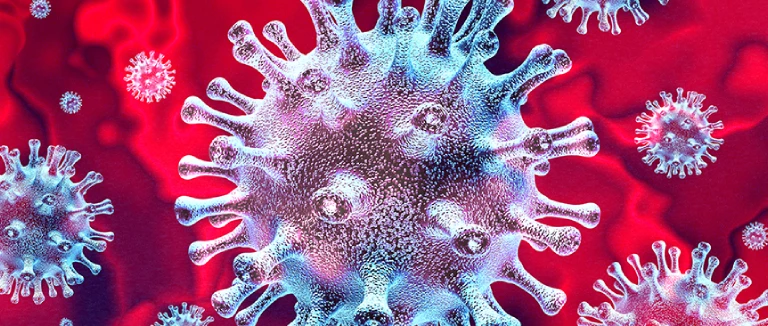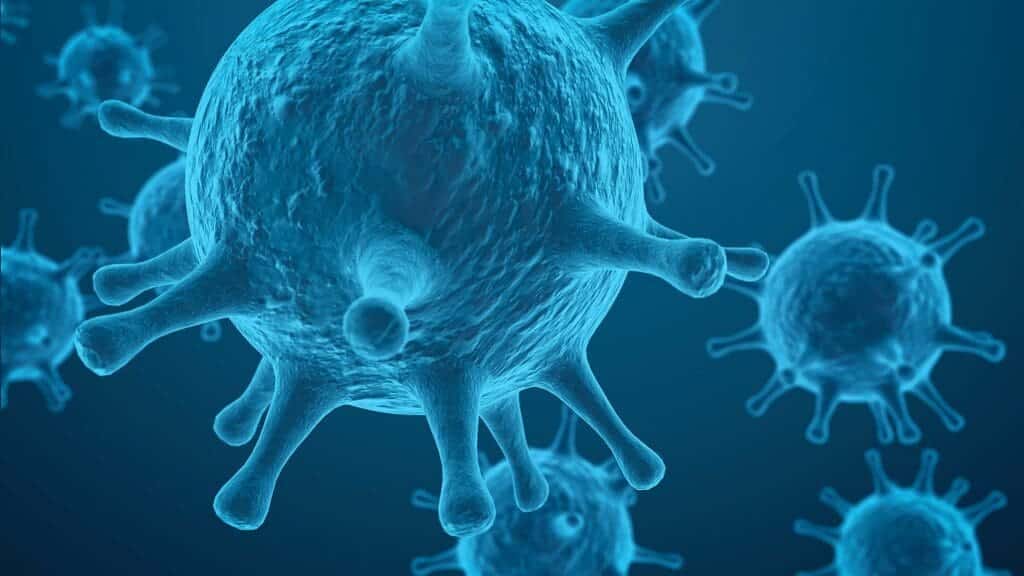Understanding the Coronavirus and Its Impact on Global Health
The coronavirus, which first emerged in China and rapidly spread across the globe, has profoundly affected public health systems and daily life worldwide. This highly contagious virus causes a range of symptoms that vary from mild to severe, depending on individual health conditions and immunity levels. Common symptoms include high fever, respiratory distress, fatigue, loss of appetite, muscle pain, and pneumonitis. In more serious cases, the disease can lead to pneumonia or acute respiratory distress syndrome, requiring hospitalization and intensive care.
The coronavirus spreads easily through coughing, sneezing, and even breathing, as infected droplets can remain suspended in the air for a short time and contaminate nearby surfaces. Although vaccines and treatments have been under development, there is currently no specific antiviral medication that completely eradicates the virus. Preventive measures and supportive care remain the most effective approaches to managing and controlling its spread.
Certain groups face a higher risk of severe illness, particularly individuals over the age of 65 and those with preexisting health conditions such as lung disease, diabetes, hypertension, or cancer. For these populations, even mild symptoms can progress quickly, making early detection and medical supervision crucial.

How Long the Coronavirus Can Survive on Surfaces
A major challenge in preventing infection is the ability of the coronavirus to survive on different surfaces for various periods of time. Depending on the material, it can remain active from a few hours to several days. For example, it may survive only a short time on cardboard or copper but can last much longer on plastic, glass, or stainless steel. This makes regular cleaning of frequently touched objects such as door handles, light switches, keyboards, and mobile phones essential. Consistent cleaning and proper ventilation greatly reduce the risk of surface transmission.
Treatment Approach in Healthcare Settings
When a person suspected of having coronavirus seeks medical attention, specific safety measures are implemented to prevent the spread of infection. Patients should stay in a controlled environment and limit direct contact with others. Both patients and healthcare staff must wear surgical masks at all times. Medical personnel are also required to use protective gowns, gloves, and hair covers.
Hospitals apply strict isolation procedures since the virus spreads through droplets that typically travel within one meter. Infection control teams are informed immediately, and local health authorities are notified. Nasal and throat samples are collected for testing and sent to authorized laboratories for confirmation. Continuous monitoring is crucial to detect early complications such as pneumonia or acute respiratory distress, which are among the most serious consequences of infection.
How Coronavirus Is Diagnosed
Diagnosis begins with an assessment of the patient’s symptoms and travel or contact history. A person who has a severe respiratory illness or pneumonia requiring hospitalization and who has either recently been in contact with a confirmed case or traveled to an affected region within the past two weeks should be evaluated for coronavirus. Laboratory tests using nasal and throat swabs confirm the presence of the virus. In Türkiye, suspected cases must be reported to the Provincial Directorate of Health, and confirmed patients are transferred to designated hospitals for treatment.
Available Treatment Options
There is no specific antiviral medication for coronavirus. Treatment focuses on relieving symptoms, maintaining oxygen levels, and supporting the body’s natural ability to fight the infection. Patients may receive medications to reduce fever, manage pain, or address breathing difficulties. Those with more severe symptoms may require oxygen therapy or mechanical ventilation in intensive care. Researchers continue to work on developing vaccines and more targeted treatments that can prevent or lessen the severity of infection.
How the Virus Spreads
Coronavirus is primarily transmitted through respiratory droplets produced when an infected person coughs, sneezes, talks, or even breathes heavily. These droplets can reach the eyes, nose, or mouth of people nearby, leading to infection. The virus can also spread indirectly when a person touches a contaminated surface and then touches their face before washing their hands. Because the virus can survive for extended periods on some materials, maintaining proper hygiene is one of the most effective ways to prevent infection.

Precautions to Protect Yourself and Others
Taking practical preventive measures is the most effective way to reduce the risk of infection. The following habits help protect against coronavirus and similar respiratory diseases.
Maintain a healthy lifestyle by eating a balanced diet, getting adequate rest, and engaging in regular physical activity. A strong immune system is your best defense against illness.
Drink plenty of water to keep your throat and nasal passages moist. Dry mucous membranes make it easier for viruses to enter the body.
Wash your hands frequently with soap and water for at least twenty seconds, especially after being in public places or touching frequently used objects. If soap is not available, use an alcohol-based hand sanitizer.
Avoid touching your eyes, nose, or mouth with unwashed hands. These are the most common entry points for viruses.
Clean and disinfect commonly used surfaces such as phones, desks, countertops, and door handles regularly.
Keep a safe distance from individuals who show symptoms like coughing or sneezing. Limit close physical contact, including handshakes or hugs, during times of widespread illness.
Avoid crowded and poorly ventilated areas whenever possible, especially during outbreaks. Good ventilation helps reduce airborne viral particles.
Wear a properly fitted mask in public spaces, particularly when it is not possible to maintain physical distance. Masks help reduce the spread of respiratory droplets but should always be combined with other precautions.
Limit unnecessary travel, especially to regions experiencing outbreaks, until public health officials declare the situation safe. If travel is essential, follow all hygiene and safety guidelines.
Building Awareness and Taking Responsibility
Fighting coronavirus requires not only medical measures but also collective responsibility. Public awareness and individual actions are critical in preventing the spread of infection. Each person contributes to community safety by following health guidelines and encouraging others to do the same. Early detection, proper hygiene, and adherence to public health recommendations can dramatically reduce the overall impact of the virus.
Although there is still no definitive cure, scientific progress continues to advance through ongoing research and vaccine development. Until more effective treatments are available, practicing preventive measures, maintaining strong immunity, and acting responsibly remain the most powerful ways to protect both personal and public health.
* Liv Hospital Editorial Board has contributed to the publication of this content .
* Contents of this page is for informational purposes only. Please consult your doctor for diagnosis and treatment. The content of this page does not include information on medicinal health care at Liv Hospital .
For more information about our academic and training initiatives, visit Liv Hospital Academy
Frequently Asked Questions
What is coronavirus?
Coronavirus is a contagious virus that affects the respiratory system, causing symptoms that range from mild cold-like signs to severe pneumonia.
How does coronavirus spread?
It spreads through respiratory droplets released when an infected person coughs, sneezes, or talks, and by touching contaminated surfaces.
What are the common symptoms?
Symptoms include fever, cough, fatigue, sore throat, muscle pain, and shortness of breath, varying in intensity among individuals.
Who is at higher risk?
Older adults and those with chronic conditions such as diabetes, heart disease, or weakened immunity are more likely to develop severe illness.
How is coronavirus diagnosed?
Diagnosis is made through laboratory testing of nasal or throat swabs, along with an evaluation of symptoms and contact history.
Is there a specific treatment for coronavirus?
There is no specific antiviral drug; treatment focuses on symptom management, oxygen support, and maintaining body functions.
How long can the virus survive on surfaces?
It can remain active for several hours to days depending on the surface type, lasting longer on plastic and metal materials.
What preventive measures are effective?
Regular handwashing, mask use, physical distancing, and cleaning frequently touched objects help reduce the risk of infection.
Can coronavirus be prevented by vaccines?
Vaccines greatly lower the risk of severe illness and hospitalization, supporting the body’s defense against the virus.
Why choose Liv Hospital for coronavirus care?
Liv Hospital ensures safe diagnosis, expert monitoring, and advanced supportive treatments within strict infection control standards.


